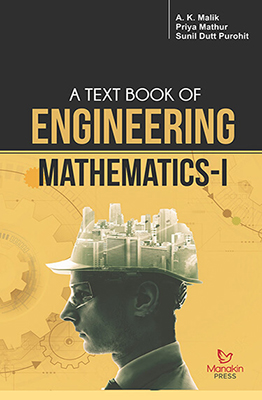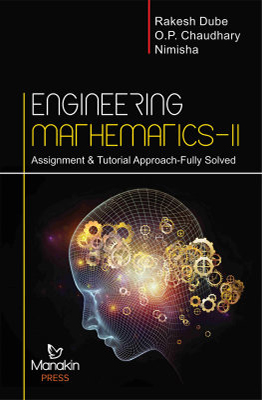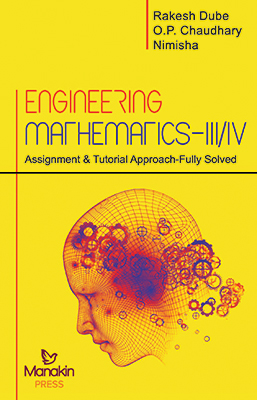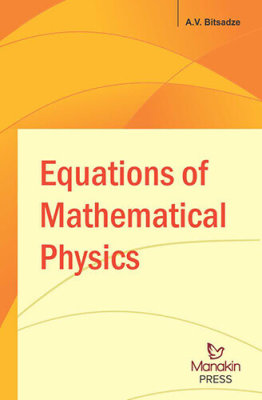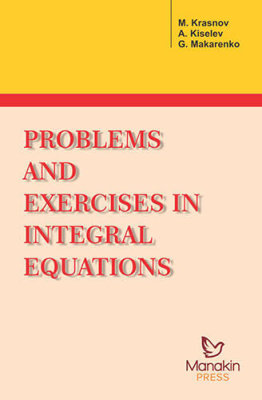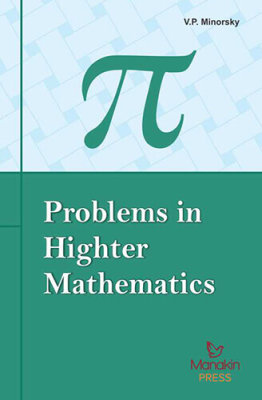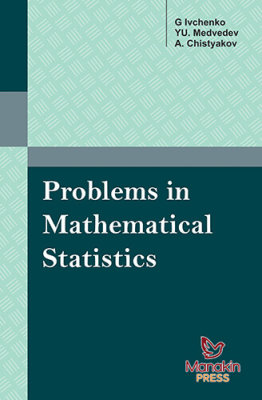Selected Problems in Discrete Mathematics
₹795.00
G.P Gavrilov | A.A Sapozhenko | Category: Mathematics
Binding Type: Paperback Binding
Book Details
ISBN: 9789386677051
YOP: 2018
Pages: 416
Order also on
This collection of problems is intended as an accompaniment to a course on discrete mathematics at the universities. Senior students and graduates specializing in mathematical cybernetics may also find the book useful. Lecturers can use the material for exercise during seminars. The material in this book is based on a course of lecxtures on discrete mathematics delivered by the authors over a number of years at the Faculty of Mechanics and Mathematics, and later at the Faculty of Computational Mathematics and Cybernetics at Moscow State University. The reader can use Introduction to Discrete Mathematics by S. Yablonsky as the main text when solving the problems in this collection. The book consists of eight chapters.
Hints and answers are provided for most (but not all) problems. Solutions are given in a concise form in the form of notes, and trivial conclusions are omitted. In some cases, only the outlines of solutions are presented. The exercise in the book has various origins. Most of the material is traditional and specialists in discrete mathematics are all too familiar with such problems. However, it is practically impossible to trace the origin of the problems of this kind.
Chapter 1. Boolean Functions: Methods of Defining and Basic Properties
Chapter 2. Closed Classes and Completeness
Chapter 3. k-Valued begins
Chapter 4. Graphs and Networks
Chapter 5. Fundamentals of Coding Theory
Chapter 6. Finite Automatons
Chapter 7. Fundamentals of the Algorithm Theory
Chapter 8. Elements of Combinatorial Analysis
This collection of problems is intended as an accompaniment to a course on discrete mathematics at the universities. Senior students and graduates specializing in mathematical cybernetics may also find the book useful. Lecturers can use the material for exercise during seminars. The material in this book is based on a course of lecxtures on discrete mathematics delivered by the authors over a number of years at the Faculty of Mechanics and Mathematics, and later at the Faculty of Computational Mathematics and Cybernetics at Moscow State University. The reader can use Introduction to Discrete Mathematics by S. Yablonsky as the main text when solving the problems in this collection. The book consists of eight chapters.
Hints and answers are provided for most (but not all) problems. Solutions are given in a concise form in the form of notes, and trivial conclusions are omitted. In some cases, only the outlines of solutions are presented. The exercise in the book has various origins. Most of the material is traditional and specialists in discrete mathematics are all too familiar with such problems. However, it is practically impossible to trace the origin of the problems of this kind.
Chapter 1. Boolean Functions: Methods of Defining and Basic Properties
Chapter 2. Closed Classes and Completeness
Chapter 3. k-Valued begins
Chapter 4. Graphs and Networks
Chapter 5. Fundamentals of Coding Theory
Chapter 6. Finite Automatons
Chapter 7. Fundamentals of the Algorithm Theory
Chapter 8. Elements of Combinatorial Analysis
| Weight | 0.515 kg |
|---|---|
| Dimensions | 21.5 × 14 × 2.2 cm |
| yop |
2018 |
| subject-category |
Mathematics |
| isbn |
9789386677051 |




